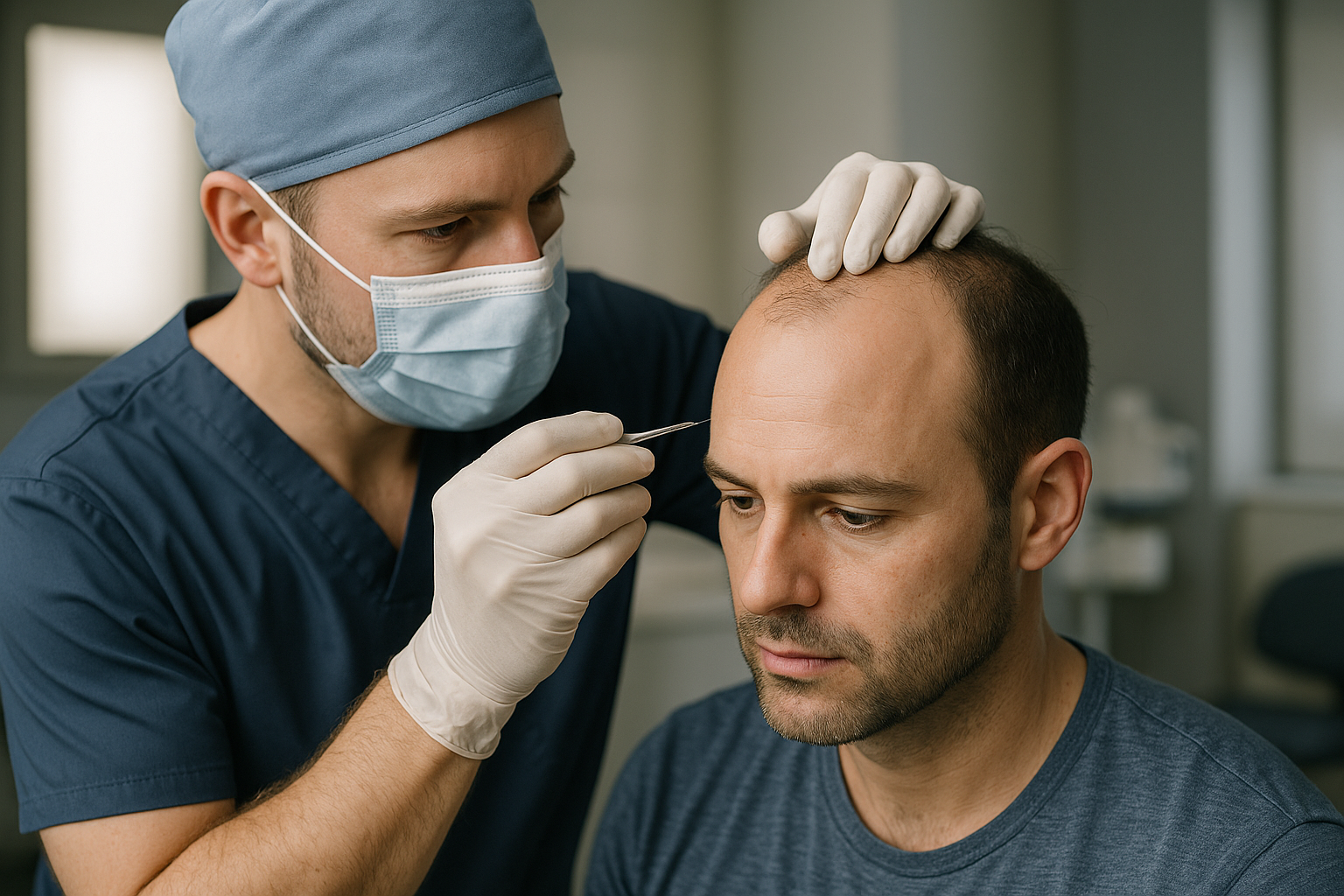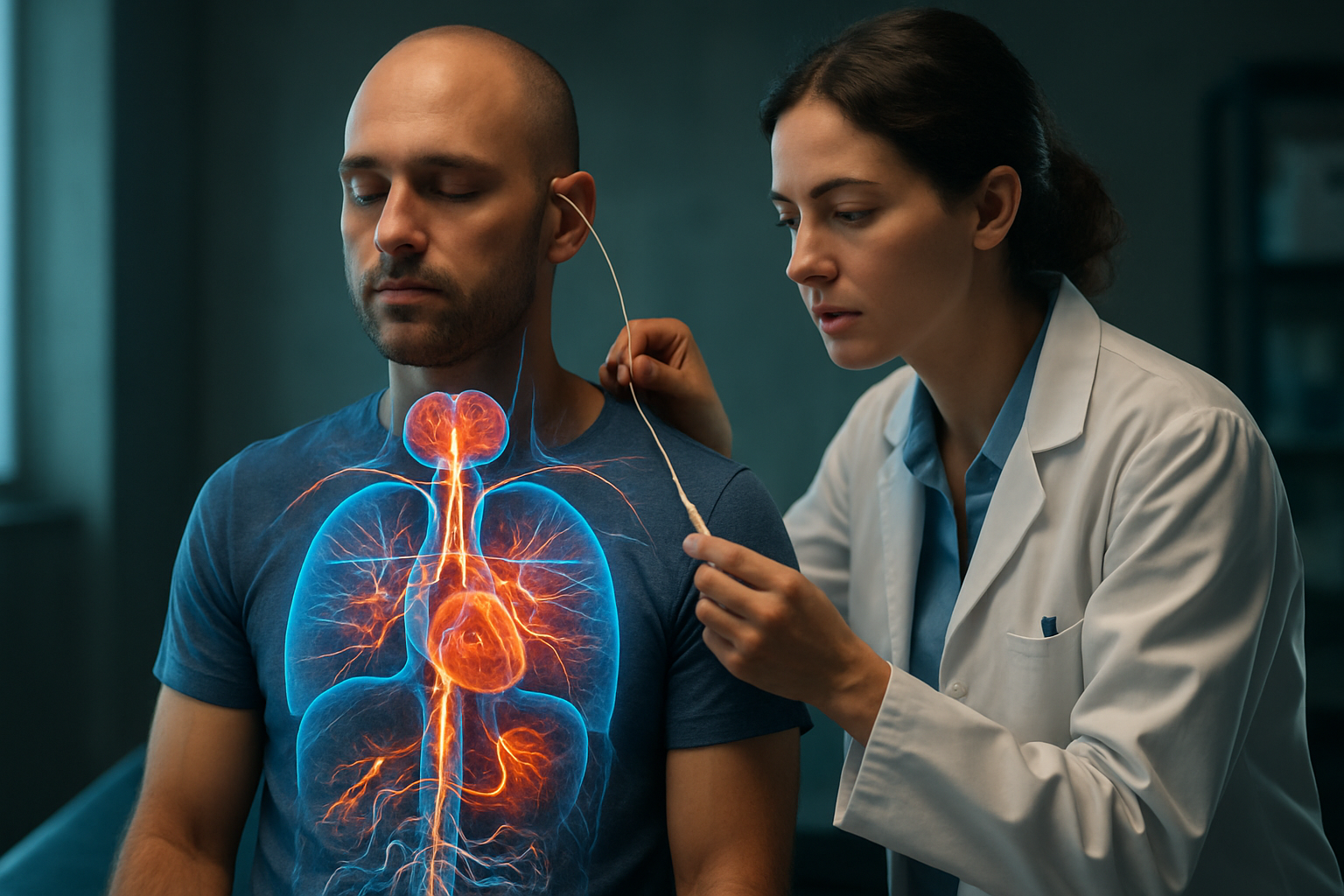Doctors Discuss Innovative Fat Reduction Method for Patients
A new fat reduction method has emerged, gaining attention from medical professionals. This technique is designed to assist individuals in achieving their body composition goals effectively. Doctors emphasize the importance of understanding how this method operates, its potential benefits, and the insights gained from clinical experiences. As more patients seek effective solutions for fat removal, this innovative approach is becoming a focal point in discussions about body aesthetics and health.

Fat reduction treatments continue to evolve as medical professionals seek more effective, less invasive methods to help patients achieve their body contouring goals. Recent discussions among physicians have highlighted several innovative approaches that are changing how practitioners address excess fat deposits. These advancements represent significant progress in the field of body contouring, with doctors noting important distinctions between newer methods and conventional approaches.
Understanding the New Fat Reduction Method Introduced by Doctors
The medical community has been exploring non-surgical fat reduction techniques that target specific areas of concern without the downtime associated with traditional liposuction. These newer methods typically employ technologies such as controlled cooling (cryolipolysis), radiofrequency, ultrasound, or laser energy to disrupt fat cells, which are then naturally eliminated by the body’s lymphatic system.
Dr. Sarah Johnson, a board-certified dermatologist, explains: “What makes these newer methods particularly interesting is their ability to selectively target fat cells while leaving surrounding tissues unharmed. This selectivity represents a significant advancement in how we approach localized fat deposits.” The treatments generally work through a process called apoptosis, where fat cells are damaged in a controlled manner and then gradually processed out of the body over several weeks.
How This Method Works and Its Benefits for Patients Seeking Results
The innovative fat reduction procedures typically involve applicators placed on targeted areas of the body. Depending on the specific technology, these devices deliver precisely controlled energy to affect fat cells beneath the skin. Unlike surgical approaches, these methods don’t require incisions, anesthesia, or significant recovery time.
Patients often appreciate several key benefits from these newer approaches:
- Treatments can typically be completed in 30-60 minutes per session
- Minimal to no downtime, allowing return to normal activities immediately
- Gradual results that appear natural over 8-12 weeks
- Reduced risk of complications compared to surgical interventions
- No scarring from incisions
- Ability to target specific problem areas resistant to diet and exercise
Most patients require multiple sessions spaced several weeks apart for optimal results, with visible improvements becoming apparent after the first few treatments. The gradual nature of the results helps create a more natural-looking outcome compared to more dramatic surgical procedures.
Insights from Medical Professionals on Fat Removal Techniques
Medical professionals emphasize that patient selection remains crucial for successful outcomes with any fat reduction method. Dr. Michael Chen, a plastic surgeon specializing in body contouring, notes: “These innovative approaches work best for patients who are near their ideal weight but struggling with specific areas of stubborn fat. They’re not weight-loss solutions but rather contouring tools.”
Doctors also highlight the importance of understanding the limitations of non-surgical methods. While they offer advantages in terms of convenience and reduced recovery time, the results may be more subtle than surgical alternatives. Dr. Lisa Rodriguez, an aesthetic medicine specialist, points out: “We carefully manage patient expectations by explaining that these treatments typically achieve a 20-25% reduction in fat layer thickness in the treated area, which is noticeable but not as dramatic as liposuction.”
Clinical Evidence Supporting New Fat Reduction Methods
The medical community bases recommendations on clinical evidence demonstrating both safety and efficacy. Studies examining newer fat reduction technologies have shown promising results, with high patient satisfaction rates and measurable reductions in fat layer thickness.
Research has documented several important findings:
- Controlled cooling methods have demonstrated an average 22.4% reduction in fat layer thickness in treated areas
- Radiofrequency-based treatments show both fat reduction and skin tightening benefits
- Ultrasound technologies provide targeted fat disruption with minimal effect on surrounding tissues
- Patient satisfaction scores typically range from 70-90% across various methods
Dr. James Wilson, who has participated in clinical trials for several of these technologies, notes: “What’s particularly encouraging is the safety profile we’re seeing. Side effects are generally limited to temporary redness, swelling, or sensitivity in the treatment area.”
Comparing Available Fat Reduction Options for Patients
When considering fat reduction options, patients benefit from understanding the range of available treatments and their typical costs. Different approaches may be more suitable depending on individual circumstances, treatment areas, and desired outcomes.
| Treatment Type | Mechanism of Action | Average Cost Range (UK) | Recovery Time | Number of Sessions Needed |
|---|---|---|---|---|
| Cryolipolysis | Controlled cooling | £500-£800 per area | None to minimal | 1-3 sessions |
| Radiofrequency | Thermal energy | £400-£700 per area | None | 4-6 sessions |
| Laser Lipo | Low-level laser | £150-£300 per session | None | 6-8 sessions |
| Ultrasound Fat Reduction | Focused ultrasound | £450-£950 per area | None | 1-3 sessions |
| Traditional Liposuction | Surgical extraction | £2,500-£6,000 | 1-2 weeks | Single procedure |
Prices, rates, or cost estimates mentioned in this article are based on the latest available information but may change over time. Independent research is advised before making financial decisions.
Long-Term Results and Maintenance Considerations
Medical professionals emphasize that while fat cells eliminated through these procedures don’t return, maintaining results depends on lifestyle factors. Dr. Emily Thompson explains: “The treated fat cells are permanently gone, but remaining fat cells can still enlarge if a patient gains significant weight. That’s why we recommend these treatments as part of a comprehensive approach that includes healthy eating and regular exercise.”
Most patients experience long-lasting results when maintaining a stable weight. Follow-up treatments may be recommended after 1-2 years for some patients, particularly if body composition changes significantly. Doctors typically provide detailed aftercare instructions to maximize and maintain results, which may include gentle massage of treated areas, adequate hydration, and avoiding extreme temperature exposure immediately following certain procedures.
The innovative approaches to fat reduction represent an important evolution in body contouring options, offering patients alternatives that fit various needs, concerns, and lifestyles. As medical professionals continue to refine these techniques and develop new approaches, patients benefit from an expanding range of options that can be tailored to their specific circumstances and goals.
This article is for informational purposes only and should not be considered medical advice. Please consult a qualified healthcare professional for personalized guidance and treatment.



